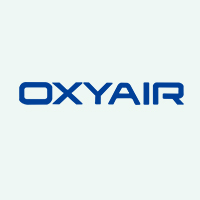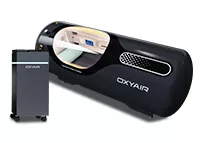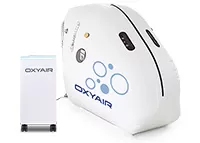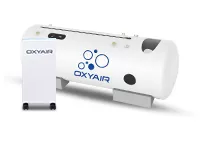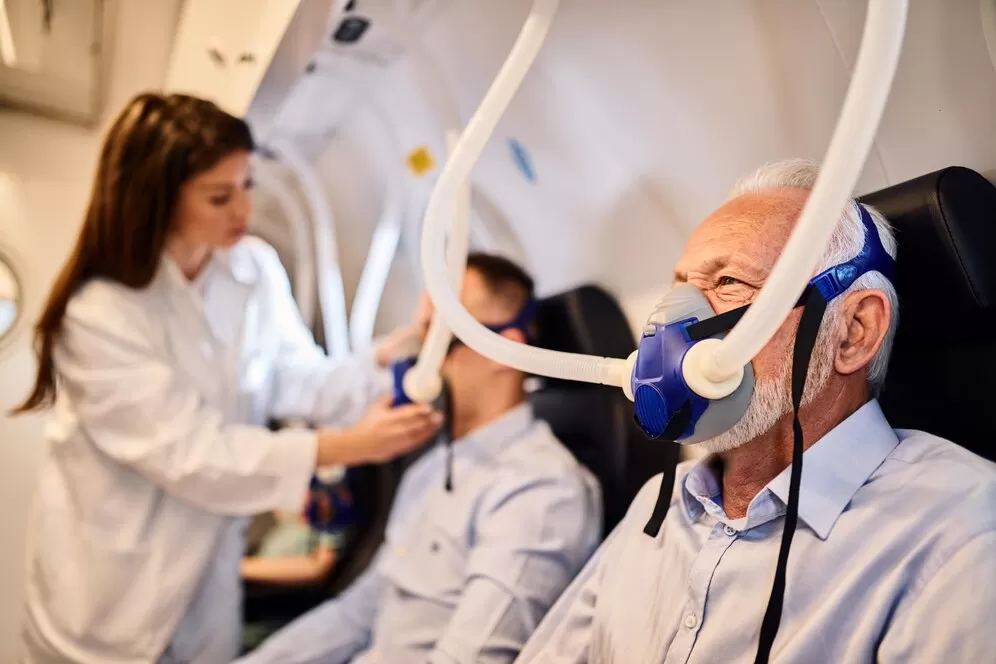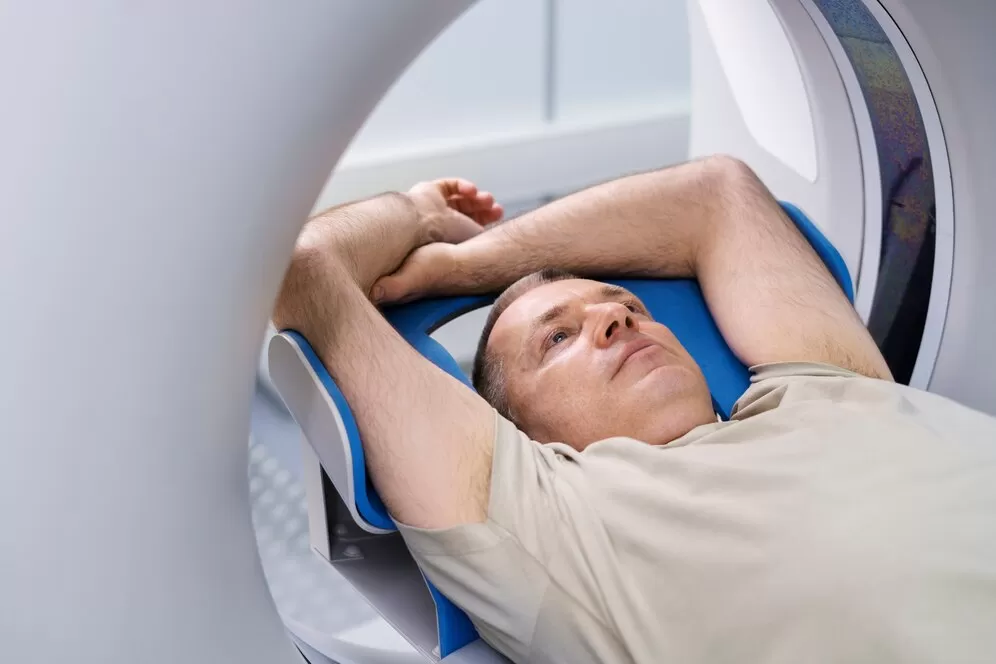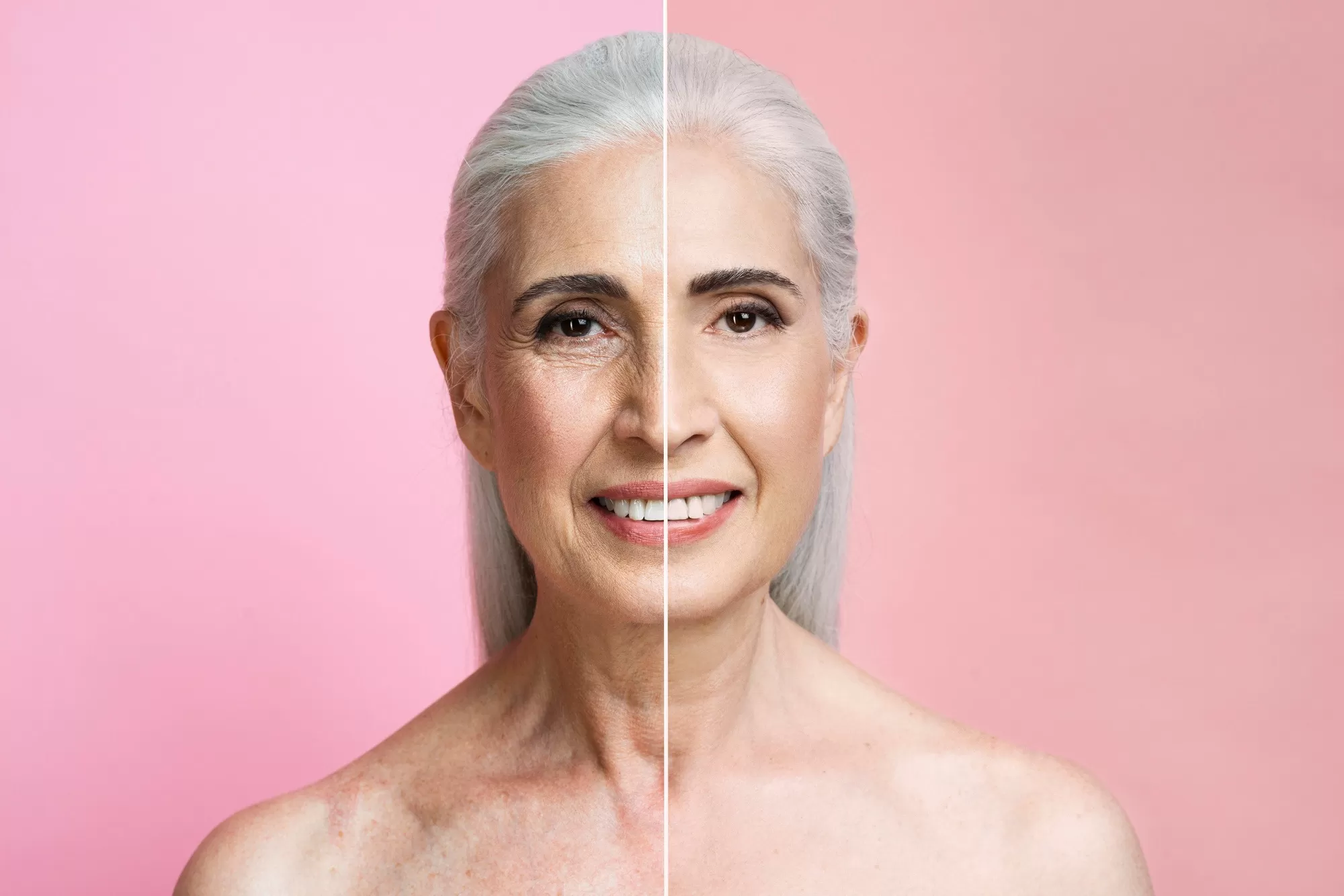The Science of Hyperbaric Oxygen Chamber Therapy for Concussion: Principles, Efficacy, and Authoritative Guidelines
The Science of Hyperbaric Oxygen Chamber Therapy for Concussion: Principles, Efficacy, and Authoritative Guidelines
According to statistics from the World Health Organization (WHO), more than 10 million cases of brain injuries occur globally each year due to accidents, with concussions accounting for up to 70% of these cases. Traditional treatments mainly involve rest and medication, but some patients still face long-term symptoms such as headaches and cognitive impairments. In September 2024, the World Health Organization (WHO) and FIFA launched the concussion awareness campaign "Suspect and Protect: No Match is Worth the Risk" to promote early identification and proper management of concussions. Other factors driving market development include advancements in diagnostic technology. For example, in recent years, Hyperbaric Oxygen Therapy (HBOT) has become a hot topic in concussion rehabilitation due to its unique neurorepair mechanism. This article will deeply analyze the scientific principles and applicable scenarios of this therapy, combining clinical research data with authoritative guidelines.
Basics of Concussion
What is concussion
Dr Tarun Dua explains in Science in 5 said: concussion is a type of traumatic brain injury. So, if you have a bump, blow to the head or even to the body. What happens is, the forces can lead to your brain moving and bouncing around, leading to damage to brain cells. And any activity can cause concussion. So, for example, you fall in this wet, rainy field or you are playing sports, like football, It also happens during road traffic accidents. For example, in Australia, one in five people who presented to the hospital with a concussion, had it while playing sports.
Symptoms of concussion
Concussion is not something that you will see outside and the other thing is, it’s not that symptoms are going to happen immediately. They can also happen up to 72 hours after the injury. So common symptoms are you will have a headache or pressure sensation, nausea, dizziness, loss of balance, memory, unable to focus, and sleep problems. So these are very common problems. Then sometimes you have severe symptoms, like convulsions. You can have loss of consciousness or weakness or numbness and that means you need to, in any case, you need to go immediately to get any help.
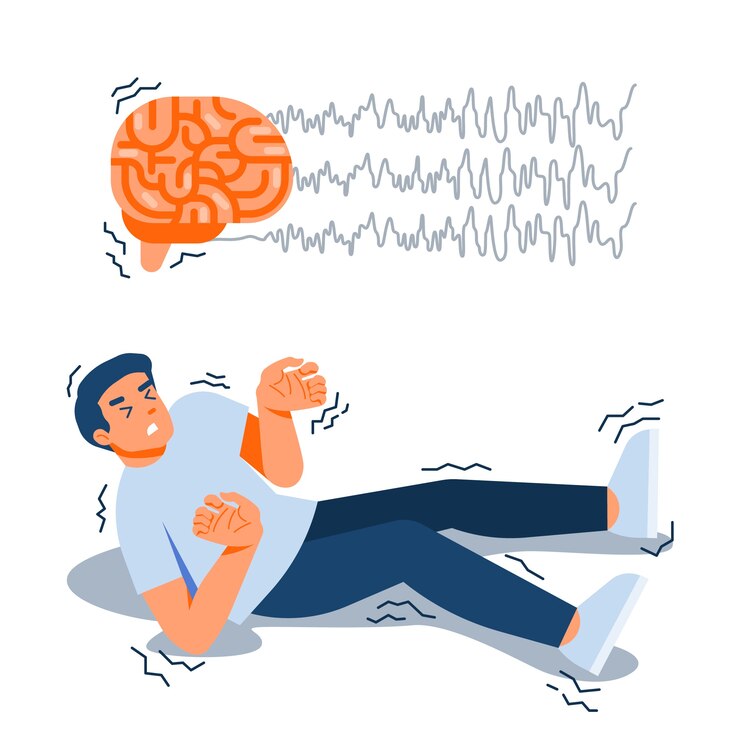
Does a concussion heal on its own?
Mild concussions usually recover on their own, with rest, avoiding strenuous activities, and limiting screen time (such as using phones or computers) helping the brain to heal. For moderate or severe concussions, it is recommended to seek medical attention promptly. If symptoms such as persistent headaches, nausea, memory loss, or confusion occur, medical help should be sought immediately. It is important to avoid further injury, as repeated concussions can lead to long-term damage, including dementia.
How Hyperbaric Oxygen Therapy Treats Concussions
Hyperbaric Oxygen Core Treatment Mechanisms
Improving Brain Tissue Hypoxia
Increased Blood Oxygen Concentration: In a hyperbaric oxygen chamber, inhaling 100% pure oxygen increases the oxygen content in the blood by 10-15 times (at a pressure of 0.2-0.3 MPa), which helps break through the blood-brain barrier to directly repair damaged brain cells.
Microcirculation Reconstruction: By stimulating vascular endothelial growth factors (VEGF), the therapy promotes the regeneration of small blood vessels in the brain, alleviating localized ischemia caused by a concussion.
Inhibiting Inflammation and Oxidative Stress
Anti-inflammatory Effects: Hyperbaric oxygen therapy inhibits the release of pro-inflammatory factors like IL-6 and TNF-α, reducing the neuroinflammatory response following a concussion.
Antioxidant Repair: It reduces free radical production, protects neuronal mitochondrial function, and lowers the risk of secondary brain injury.
Promoting Nerve Regeneration
Axon Repair: MRI studies show that HBOT can stimulate axonal regeneration and rebuild synaptic connections, improving cognition and memory.
Brainstem Function Activation: By increasing vertebral artery blood flow, HBOT activates the reticular ascending activation system, accelerating the recovery of consciousness.
Clinical application of hyperbaric oxygen chamber for the treatment of concussion
Concussion Type | Treatment Plan | Effectiveness Data |
Acute Concussion (<72 hours) | Pressure of 0.2-0.25 MPa, once per day, 90 minutes each session (60 minutes of oxygen inhalation), 5-7 days consecutively. | Combined with mannitol treatment, it shortens the brain edema phase by 3-5 days, reducing intracranial pressure by 36%. |
Chronic Sequelae (>6 months) | Pressure of 0.2 MPa, once per day, 10 sessions per course, 2-4 courses (1-week interval). | The relief rate for headaches and dizziness is 97.1%, memory improvement rate is 71.4%. |
Severe Concussion with Brain Edema | Post-surgery hematoma removal, HBOT pressure of 0.25 MPa, 60 minutes per session, 14 consecutive days. | Post-surgery, neurofunctional recovery speed increases by 40%, and the incidence of epilepsy decreases by 50%. |
Conventional Therapy vs Hyperbaric Oxygen Chamber for Concussions
Comparison Dimension | Traditional Treatment | Hyperbaric Oxygen Therapy (HBOT) |
Treatment Principle | Relies on the body's self-healing ability, supplemented with symptom-relieving medications | Activates cell repair mechanisms through high-pressure pure oxygen |
Applicable Stage | The acute phase (24-72 hours after injury) is the first choice | Suitable for acute phase (after 72 hours) and chronic sequelae phase |
Treatment Cycle | No fixed treatment cycle, usually recommends 1-4 weeks of rest | Standardized treatment cycle: 10-20 sessions (1 session daily in the acute phase) |
| Effectiveness Features | Limited effectiveness for chronic sequelae | Increases brain blood flow perfusion by 30-50%, improves chronic cognitive impairment |
Side Effect Risks | Drug dependence (e.g., painkillers), and long-term use cause gastrointestinal issues. | Temporary ear pressure discomfort (5-8%), caution for claustrophobic patients |
| Cost | Relatively low | Relatively high |
| Core Advantage | Simple to operate, suitable for early intervention in mild cases | Targeted repair of nerve damage, breaks through recovery bottleneck |
Suitable Population | Mild acute concussions, short-term recovery in adolescents | Those with symptoms lasting more than a week, chronic concussion syndrome patients |
Contraindications | Severe drug allergies, requiring treatment adjustment | Untreated pneumothorax, active epilepsy, severe emphysema |

